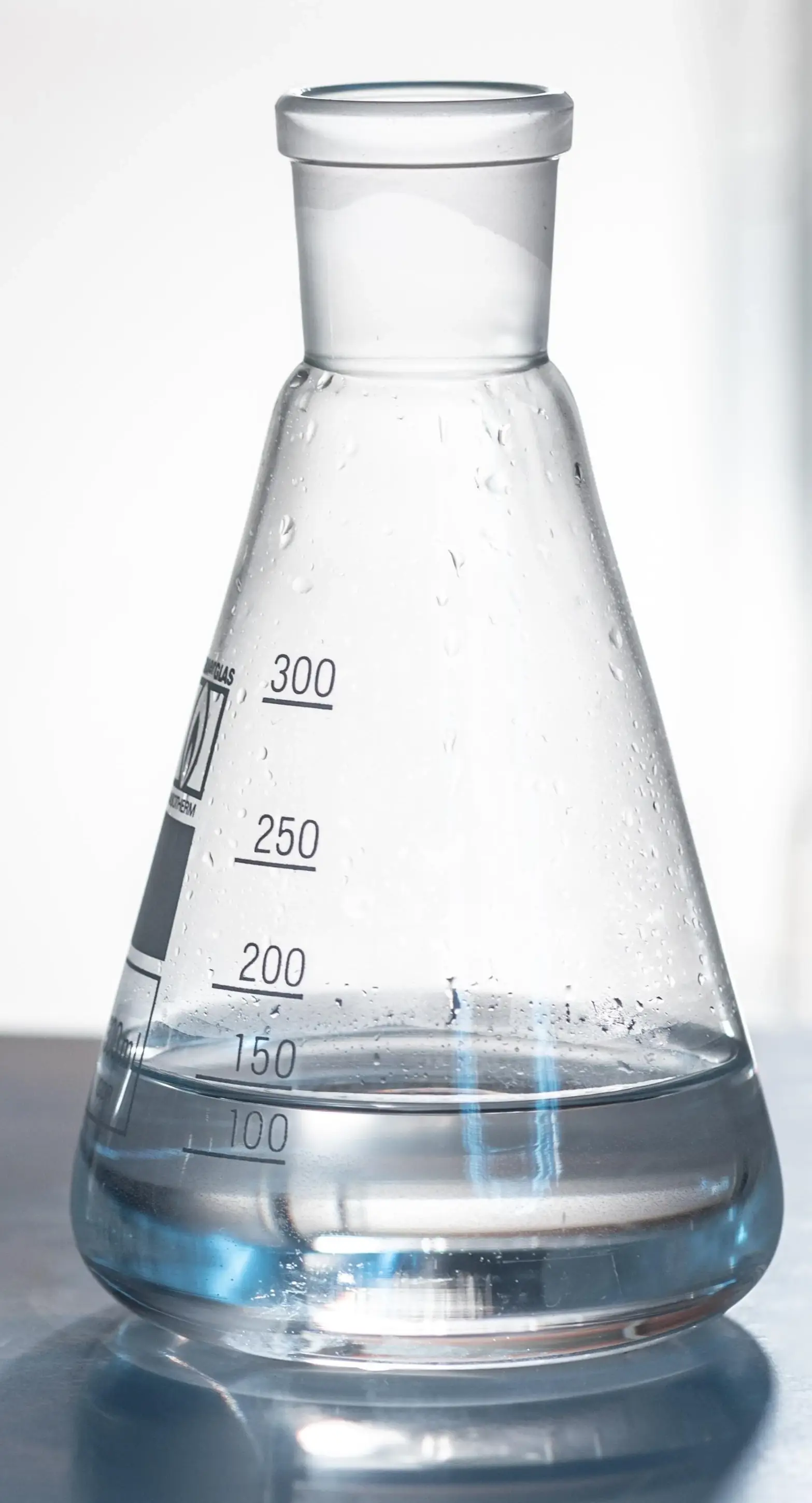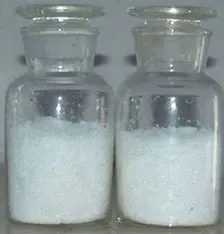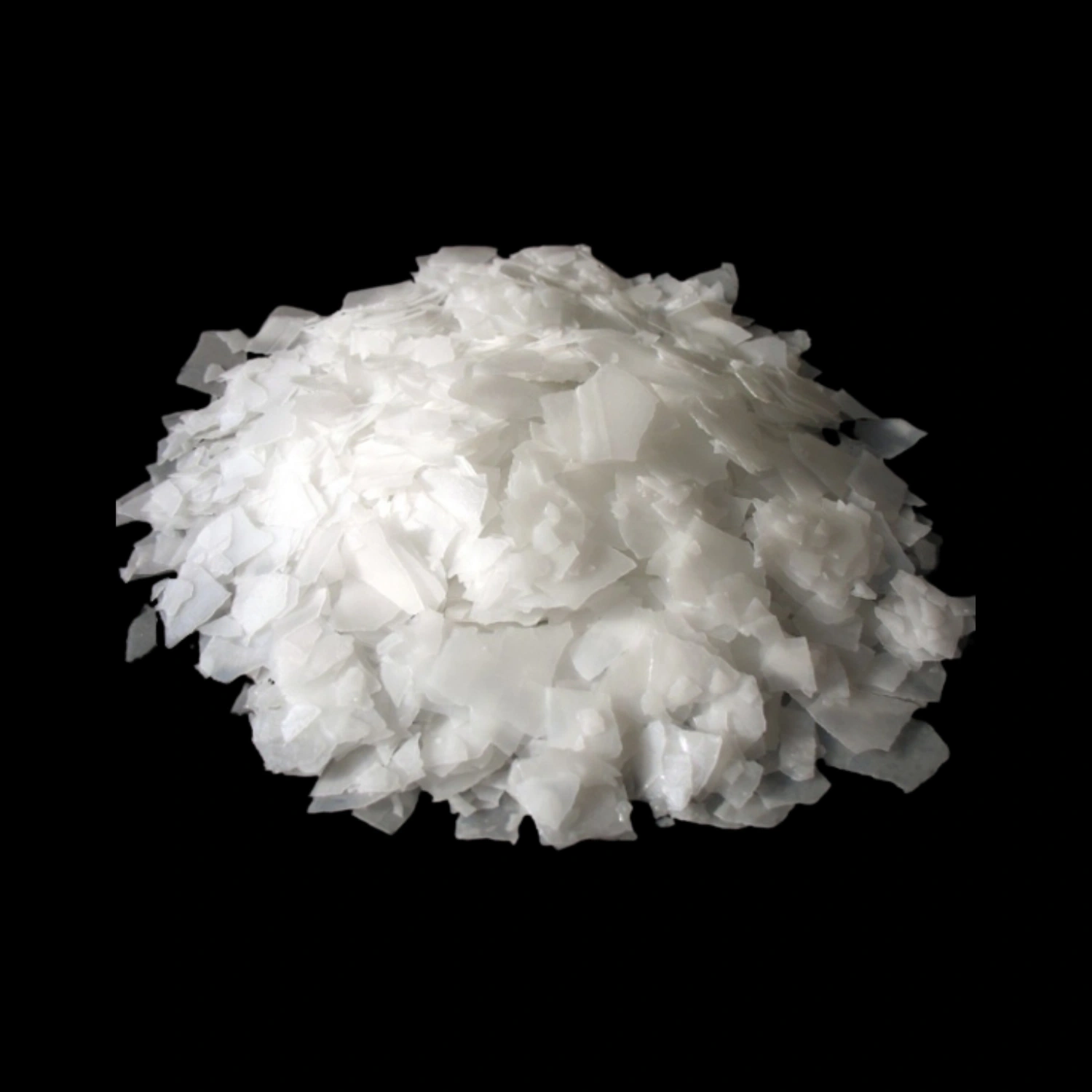Aluminium Chloride
|
IUPAC Name |
: Aluminium Chloride |
|
Cas Number |
: 7446-70-0 |
|
HS Code |
: 2827.32.00 |
|
Formula |
: AlCl3 |
Basic Information
|
Appearance Name |
: Yellow Solid |
|
Common Names |
: Aluminium Trichloride |
|
Packaging |
: 20 kg plastic woven bag |




